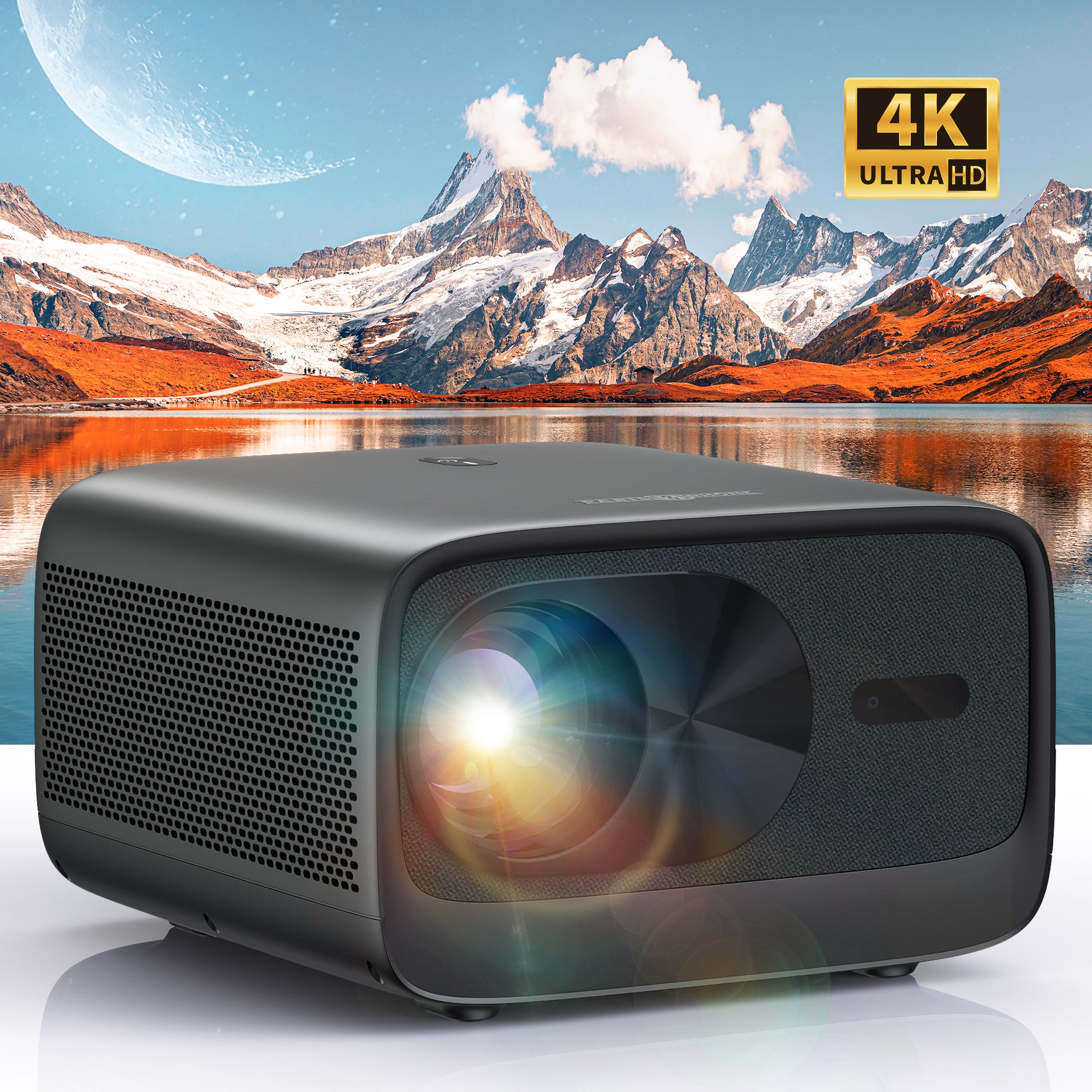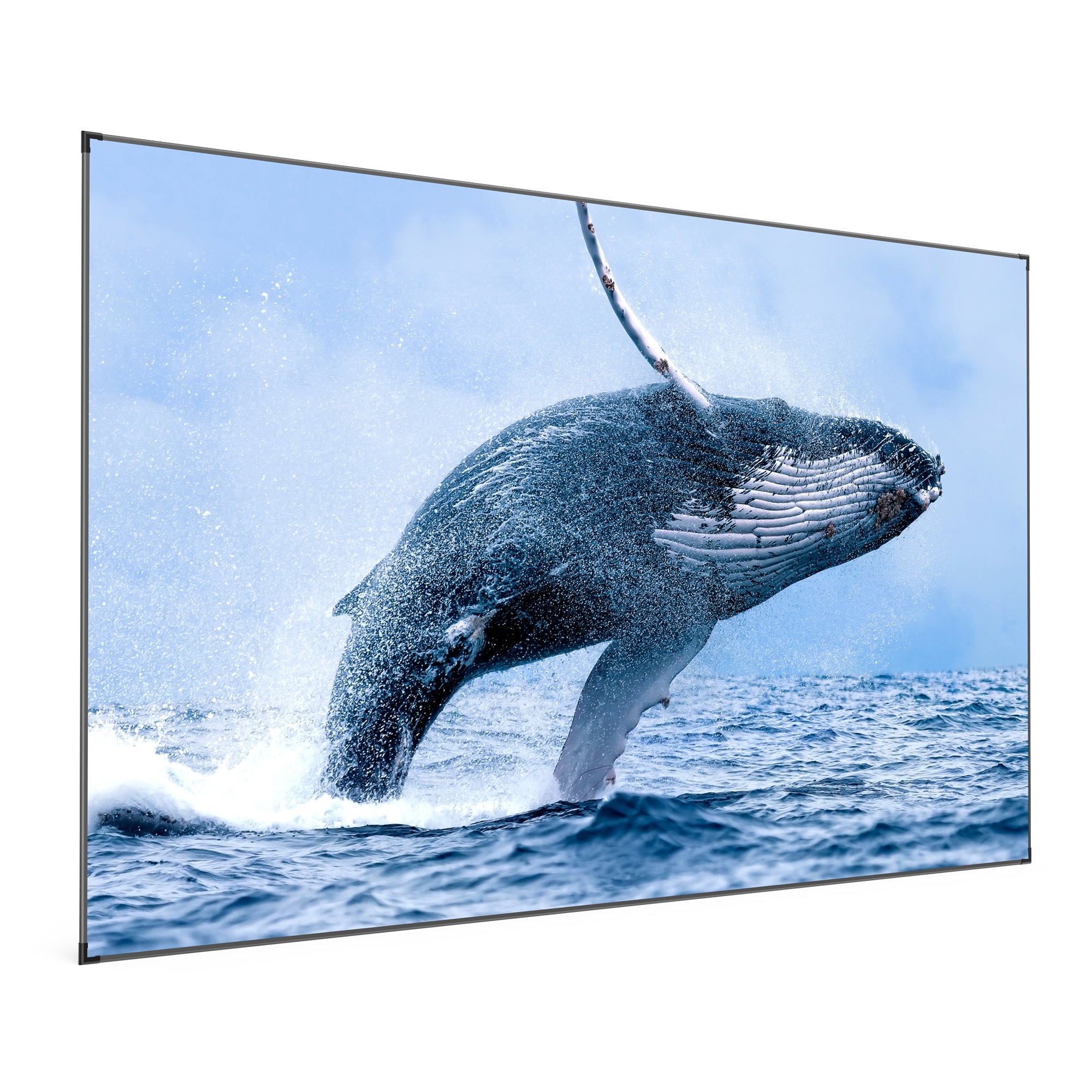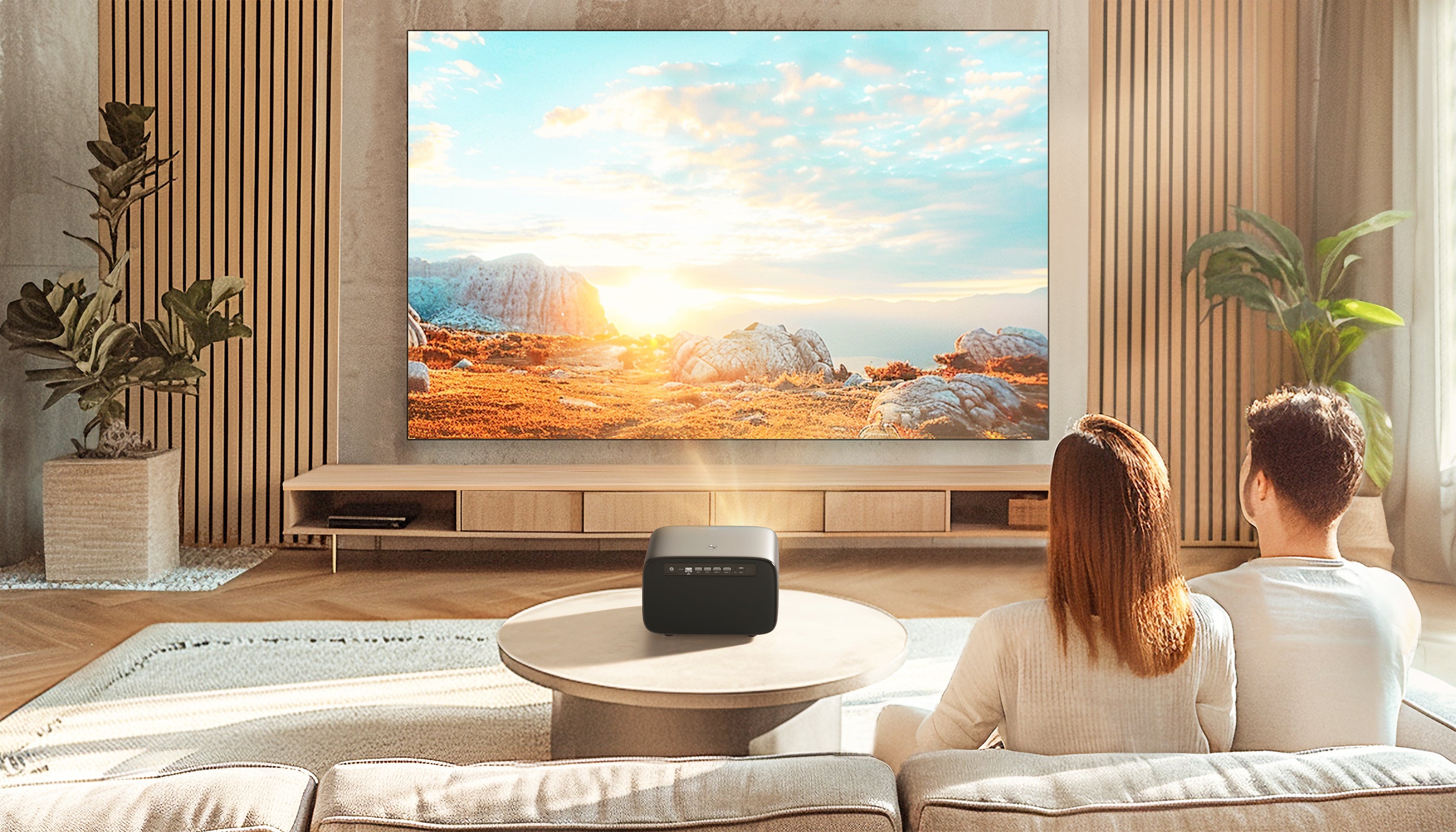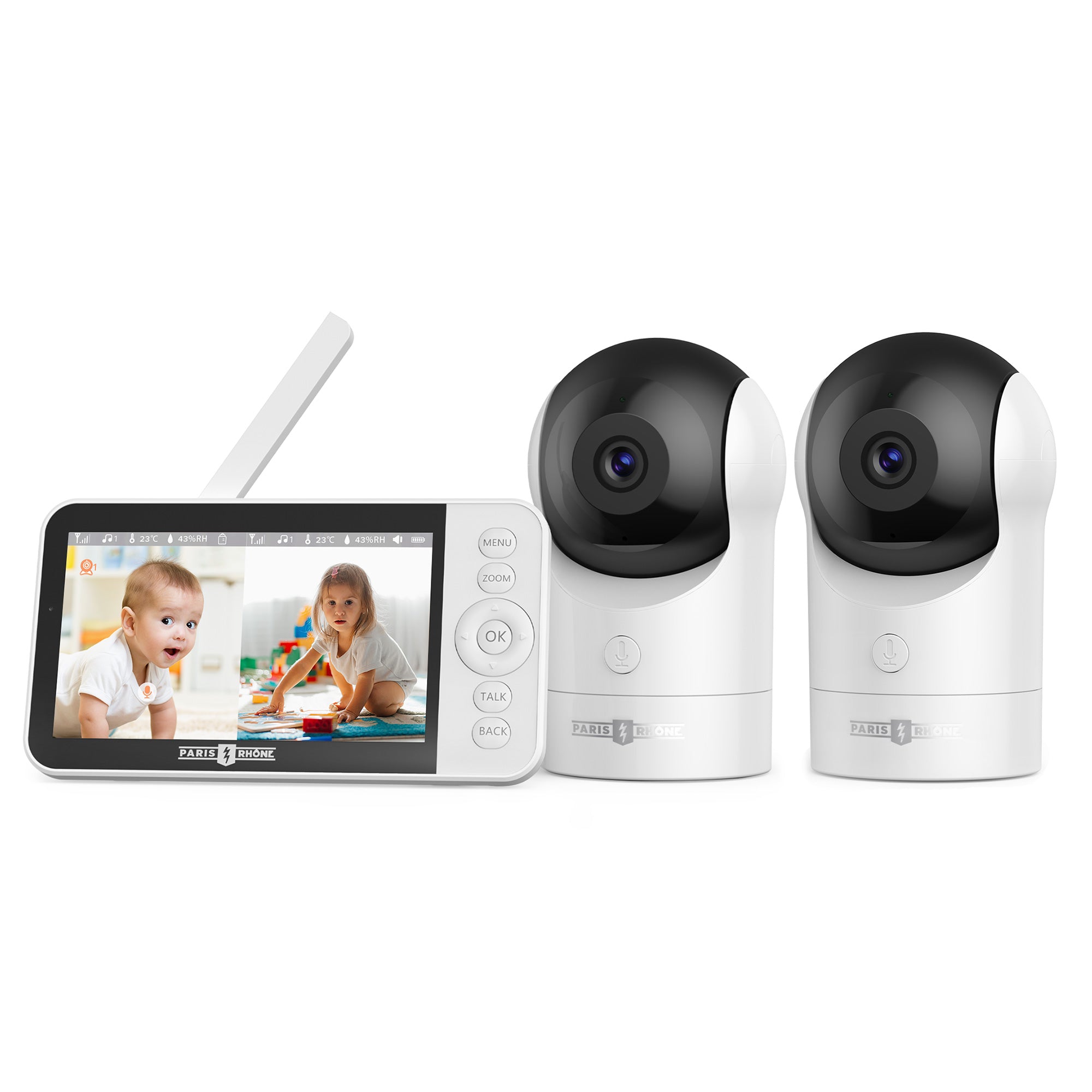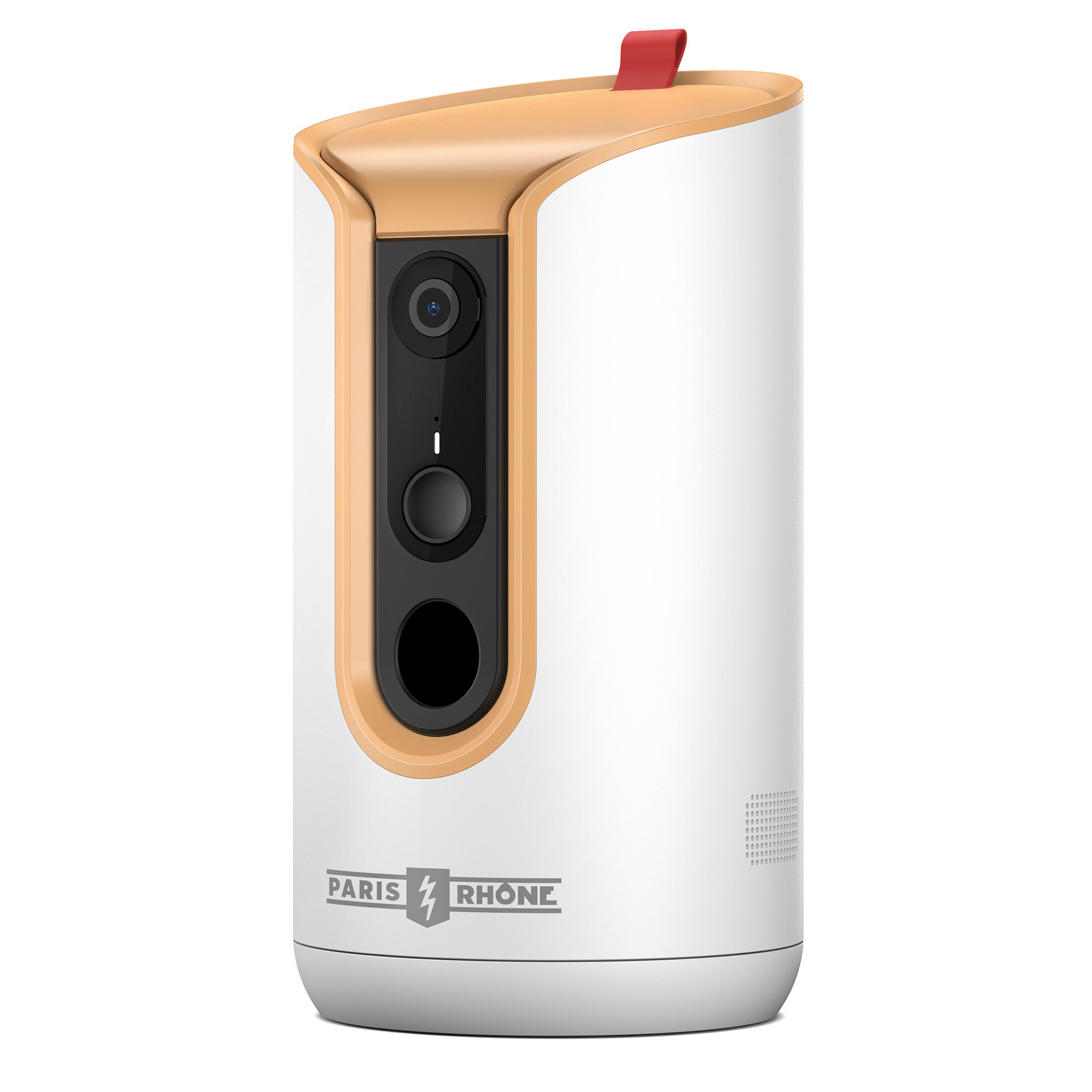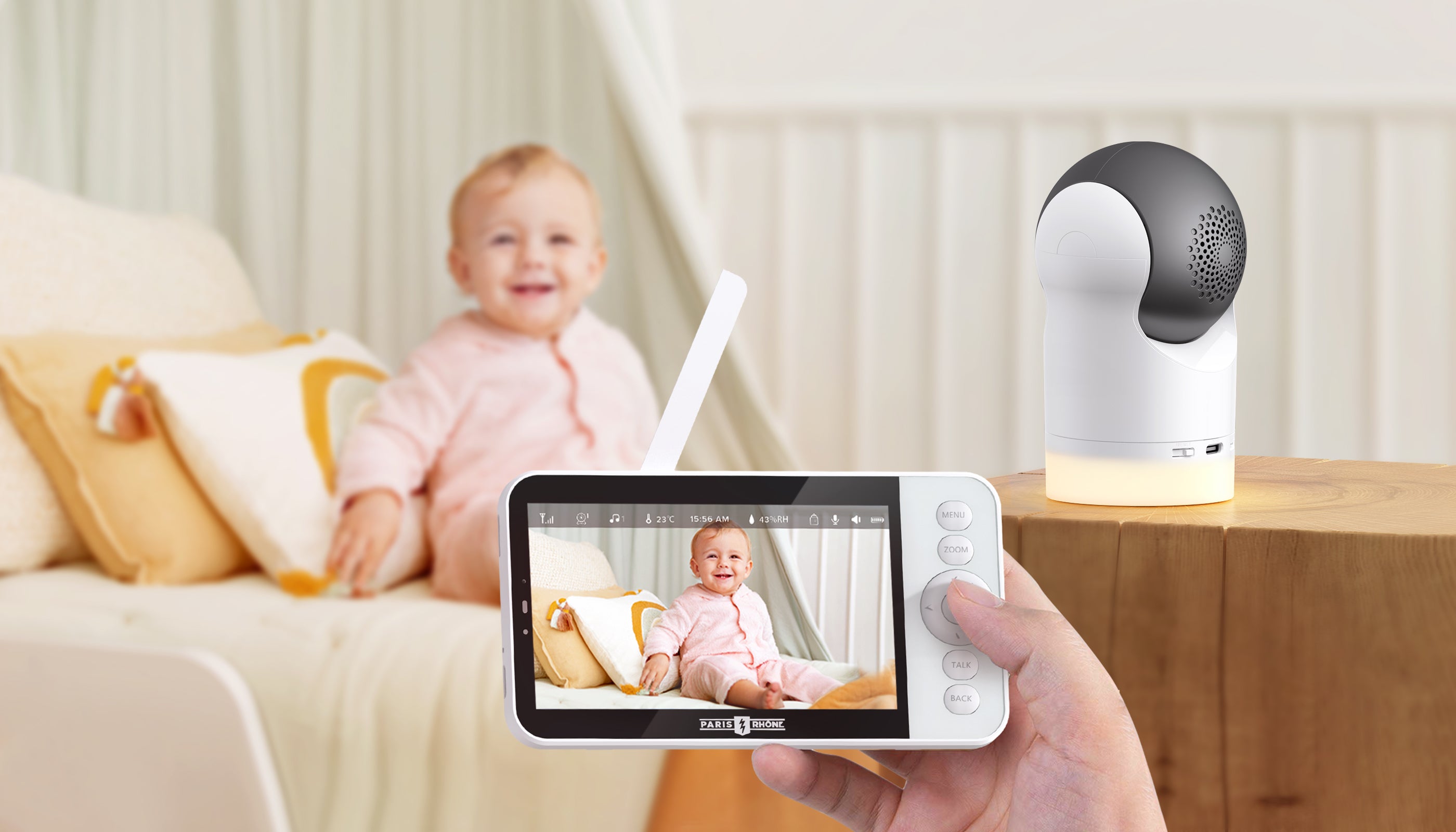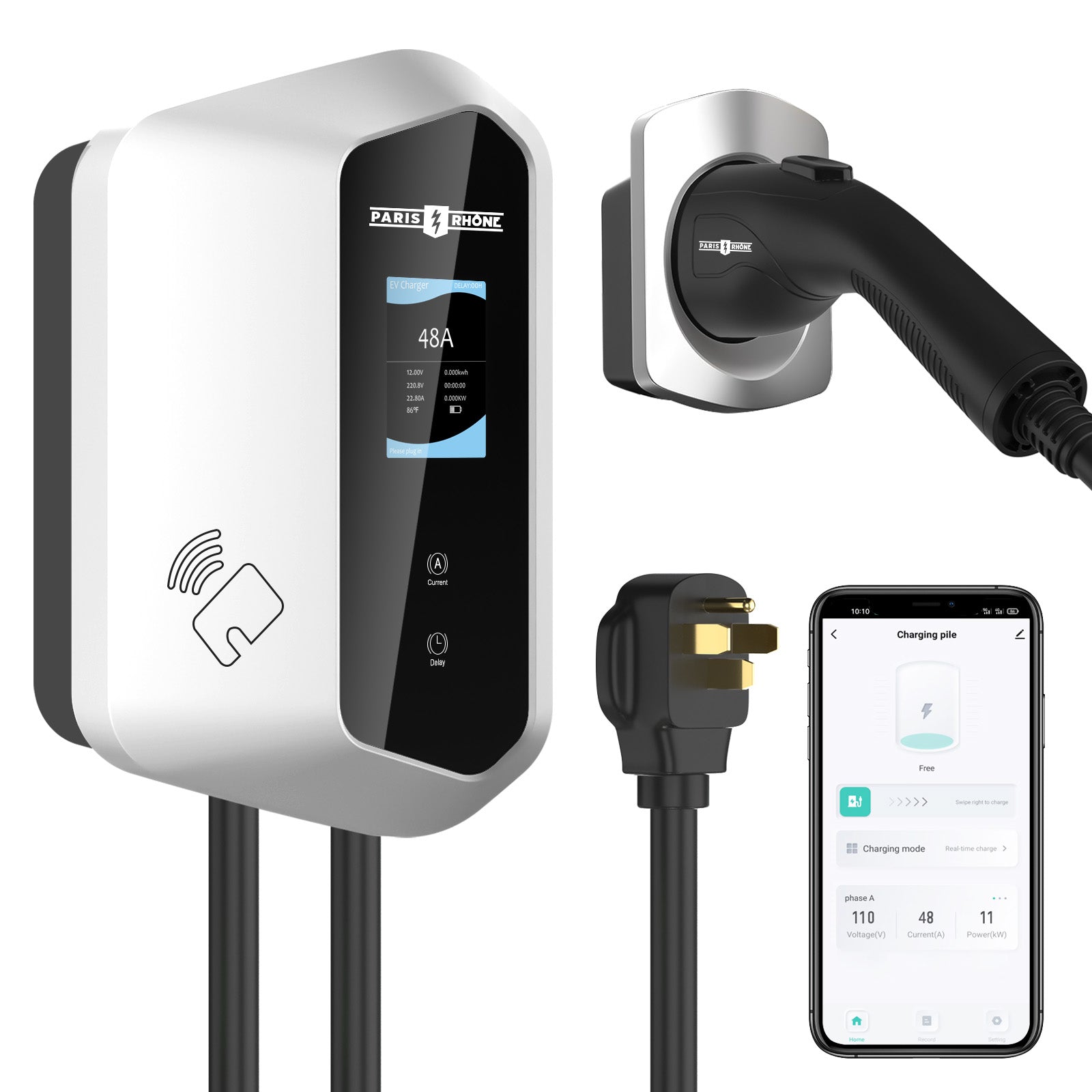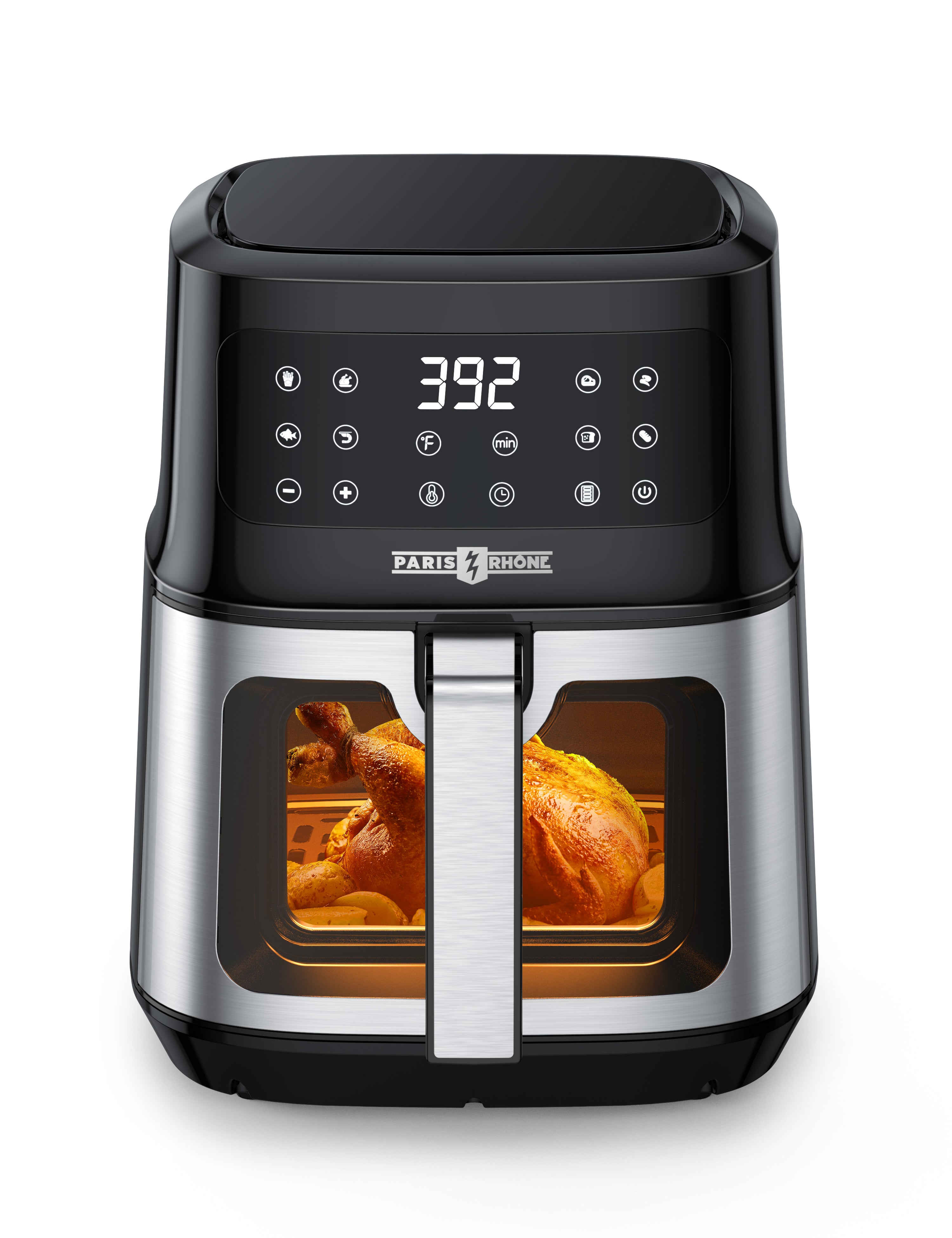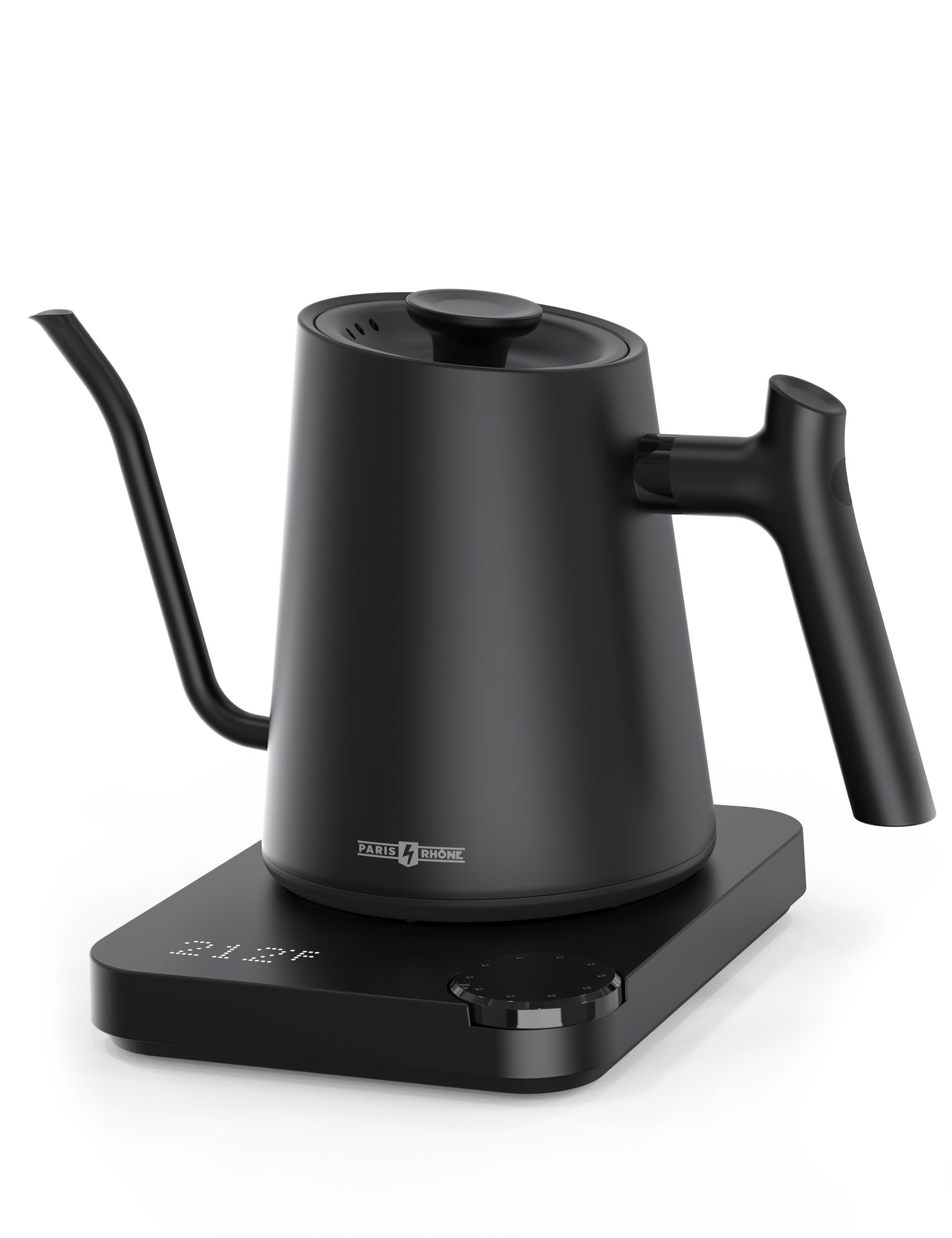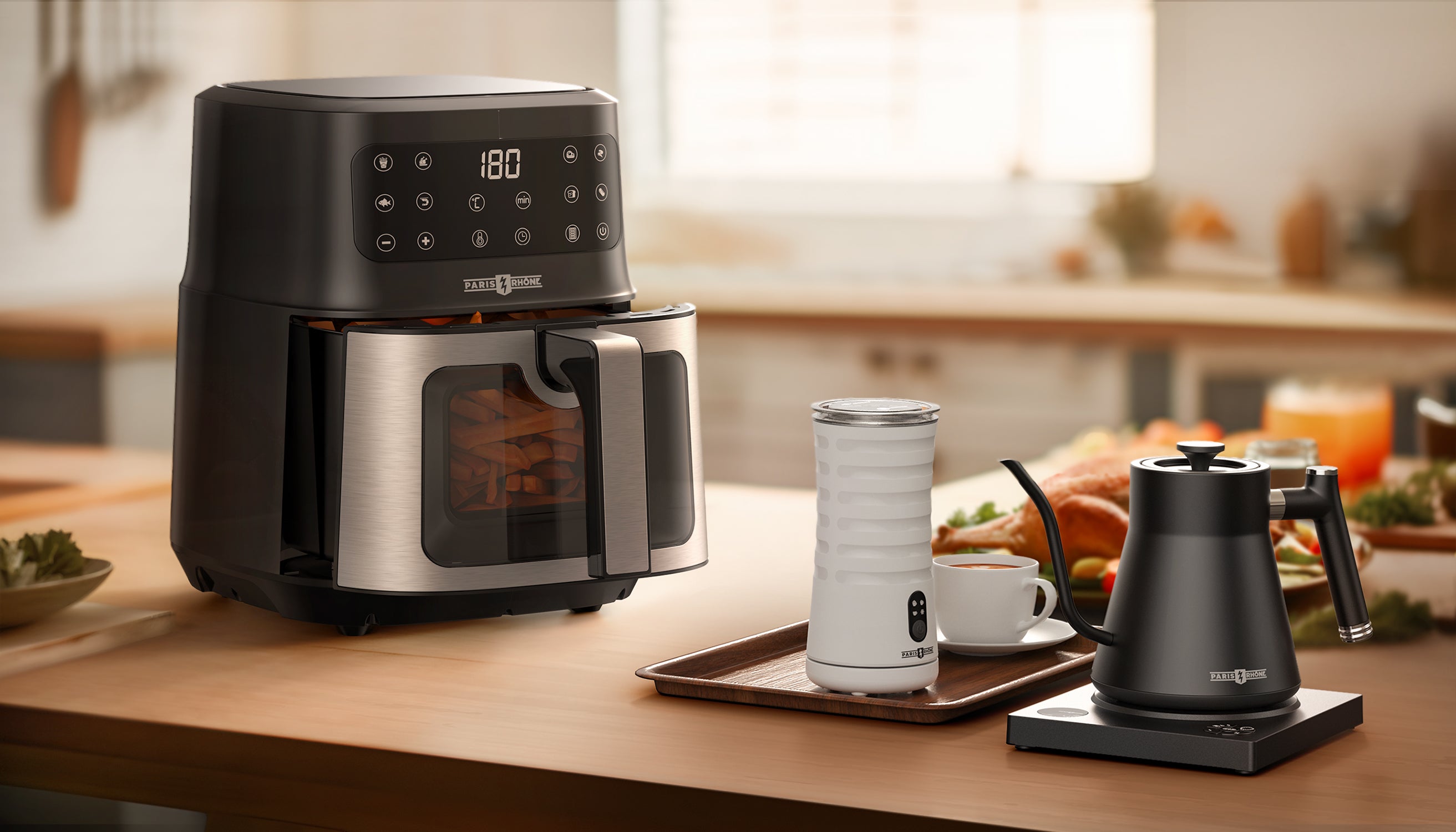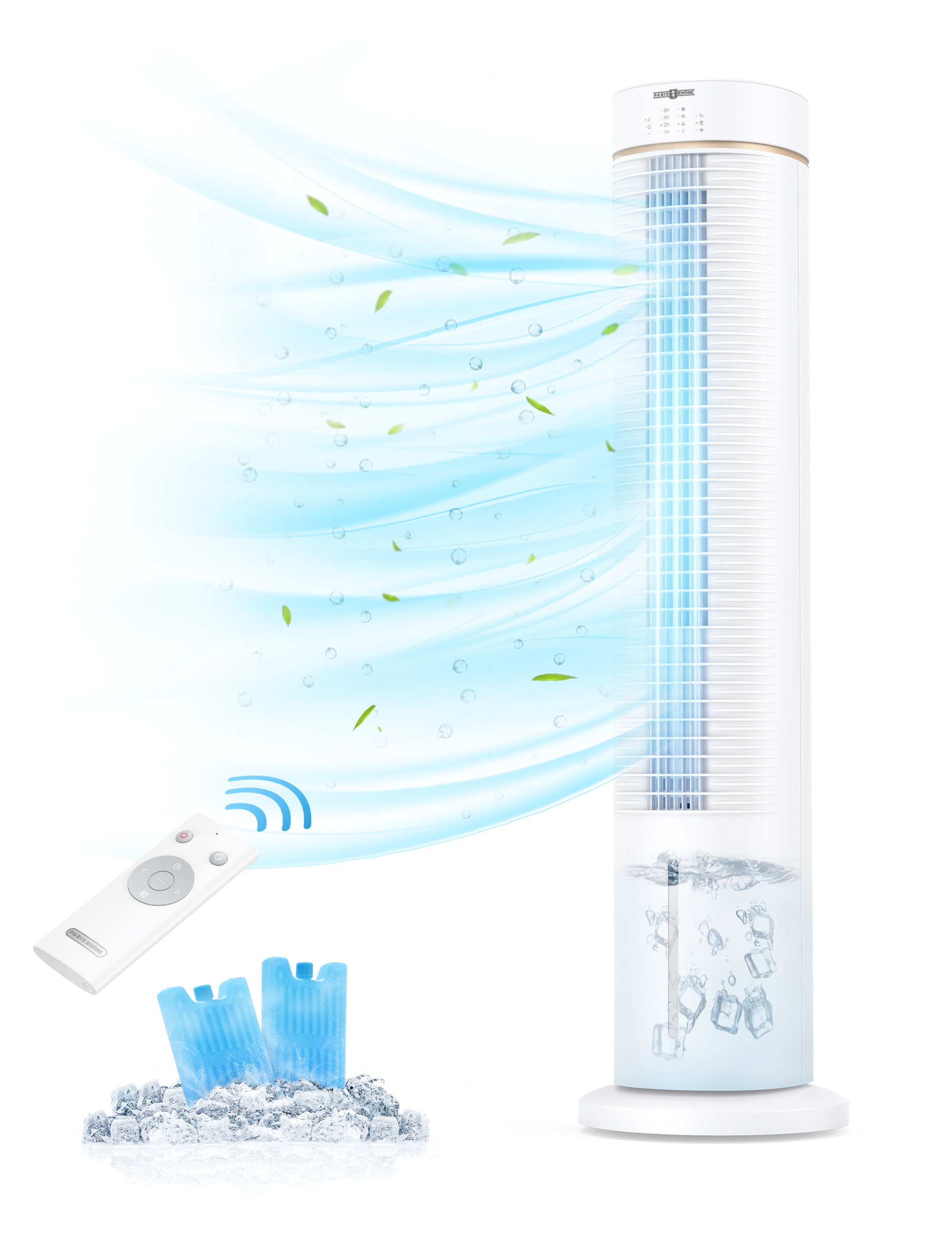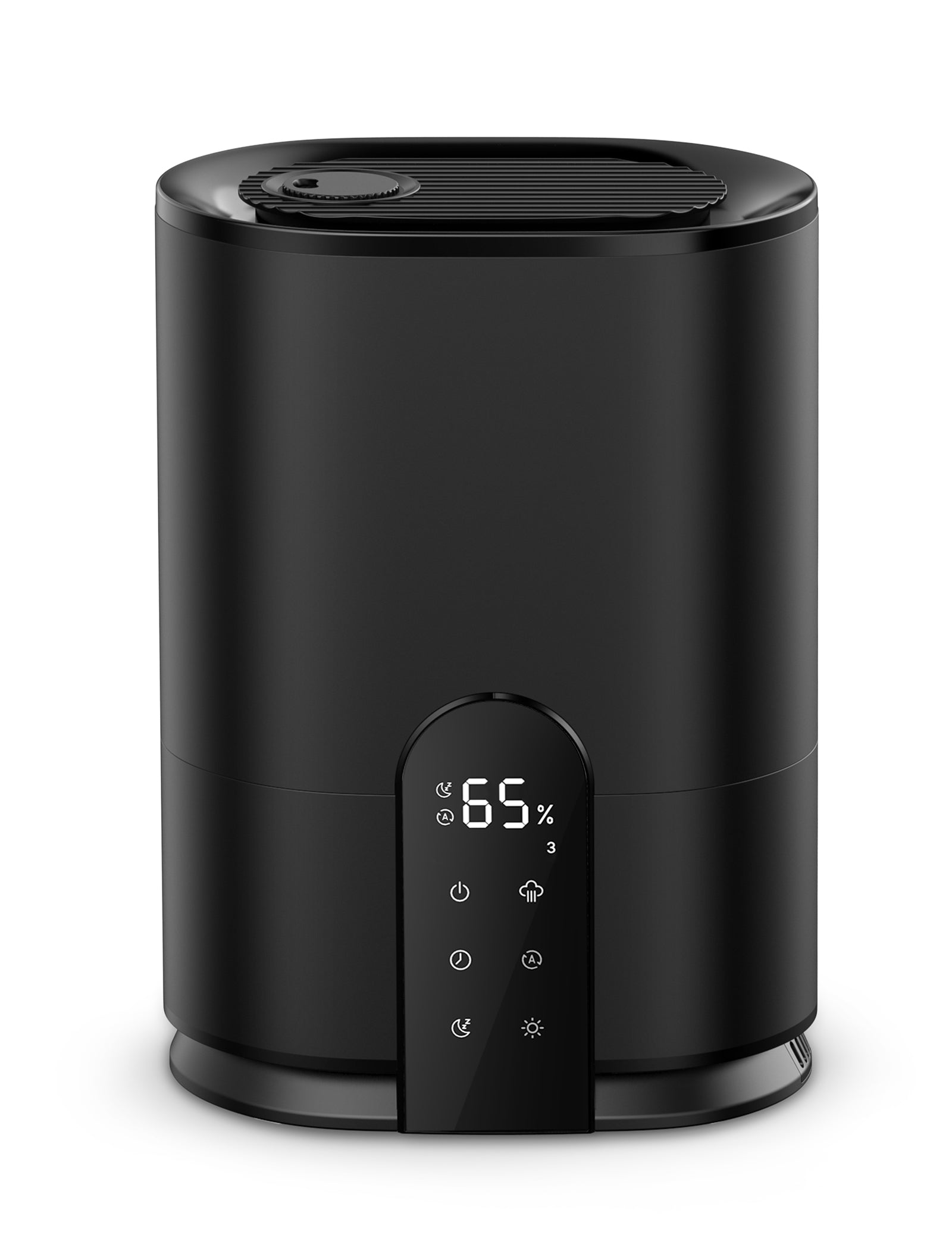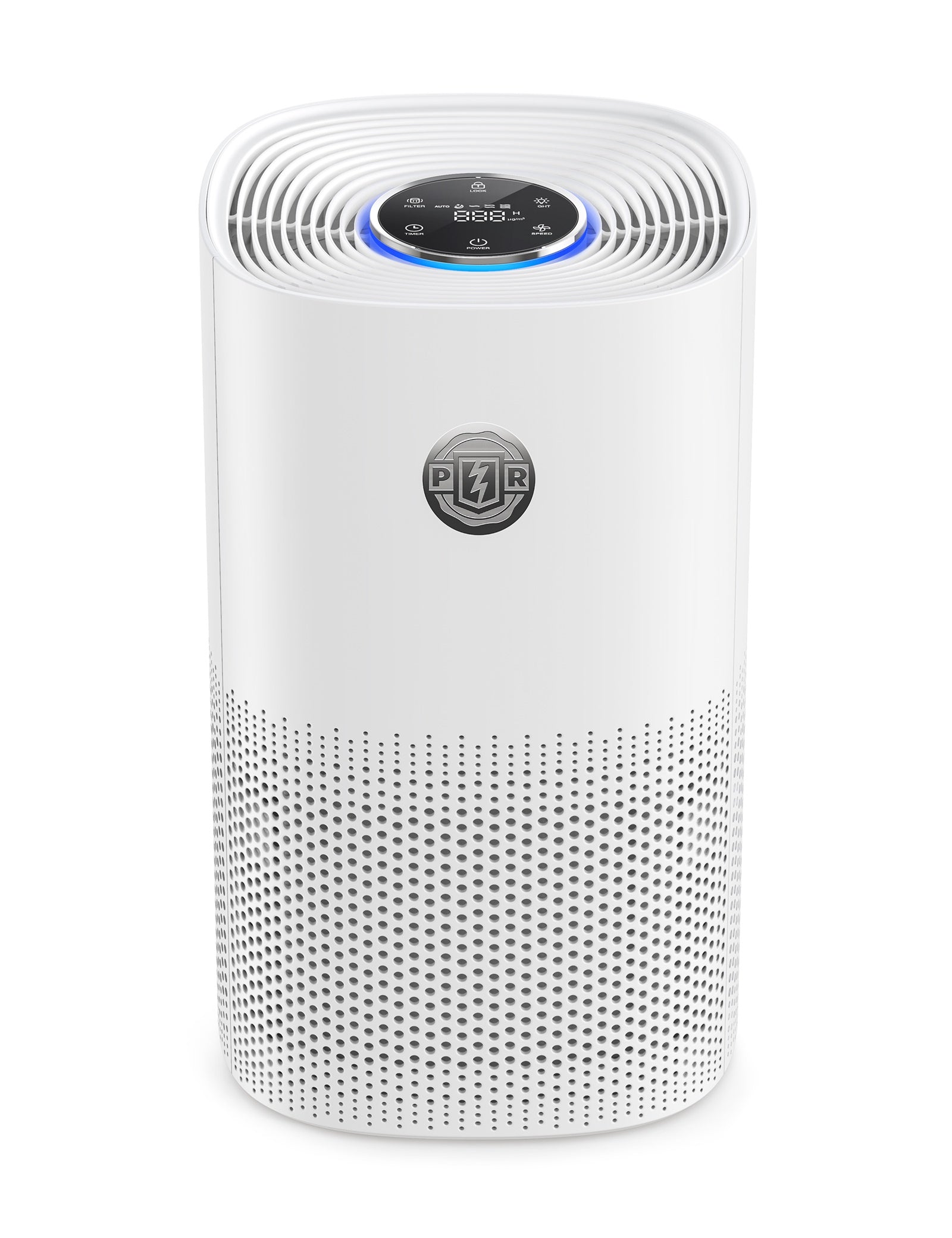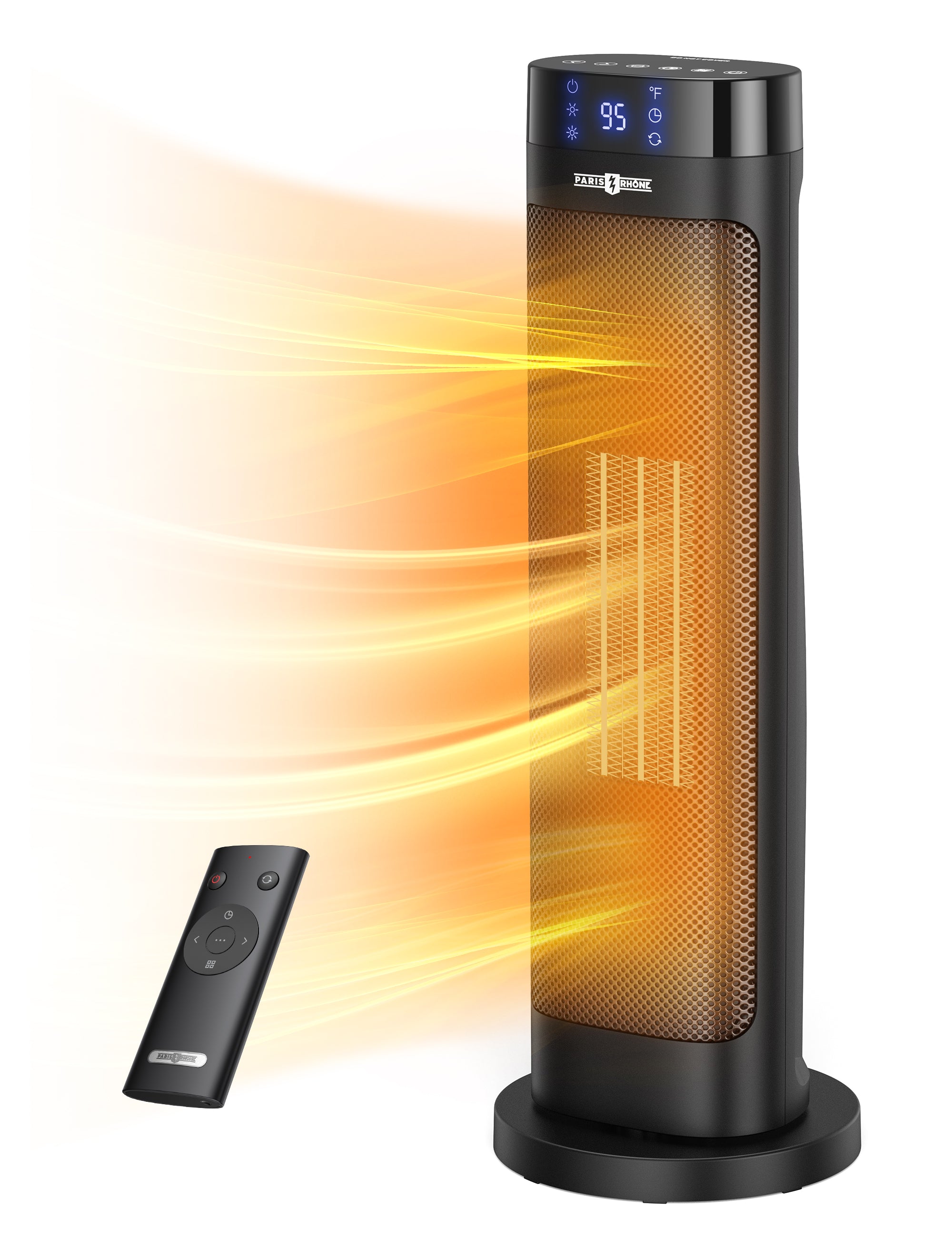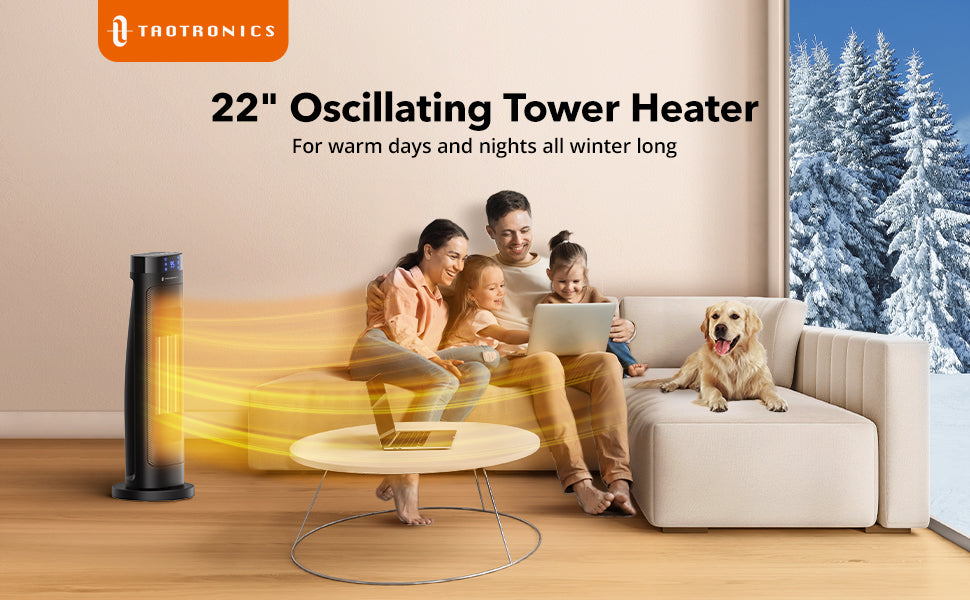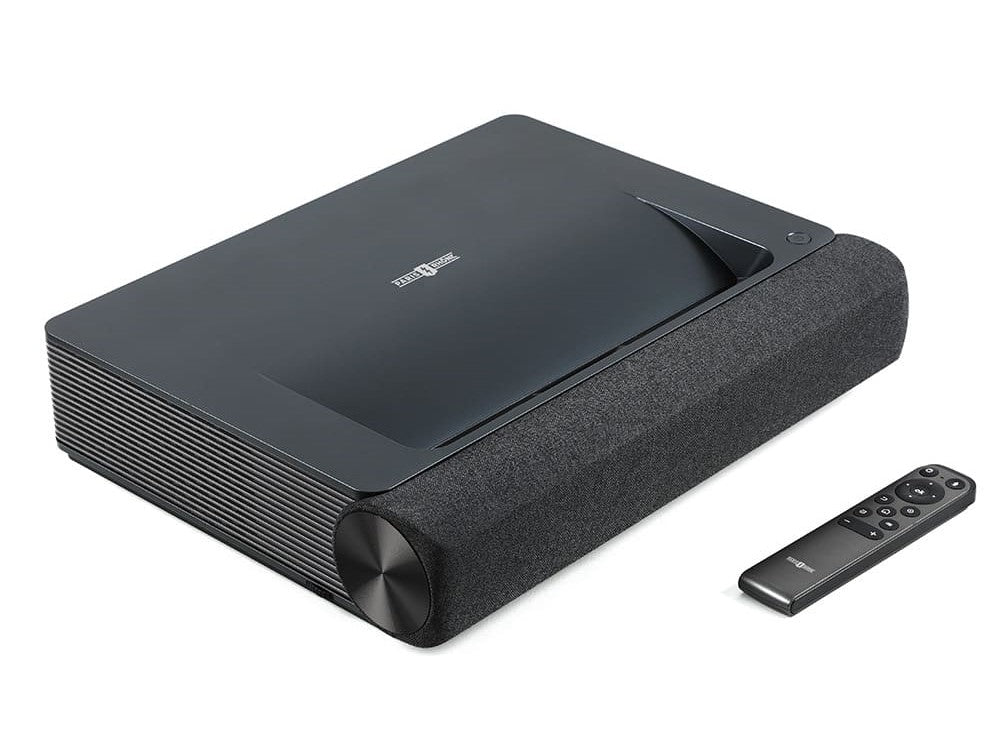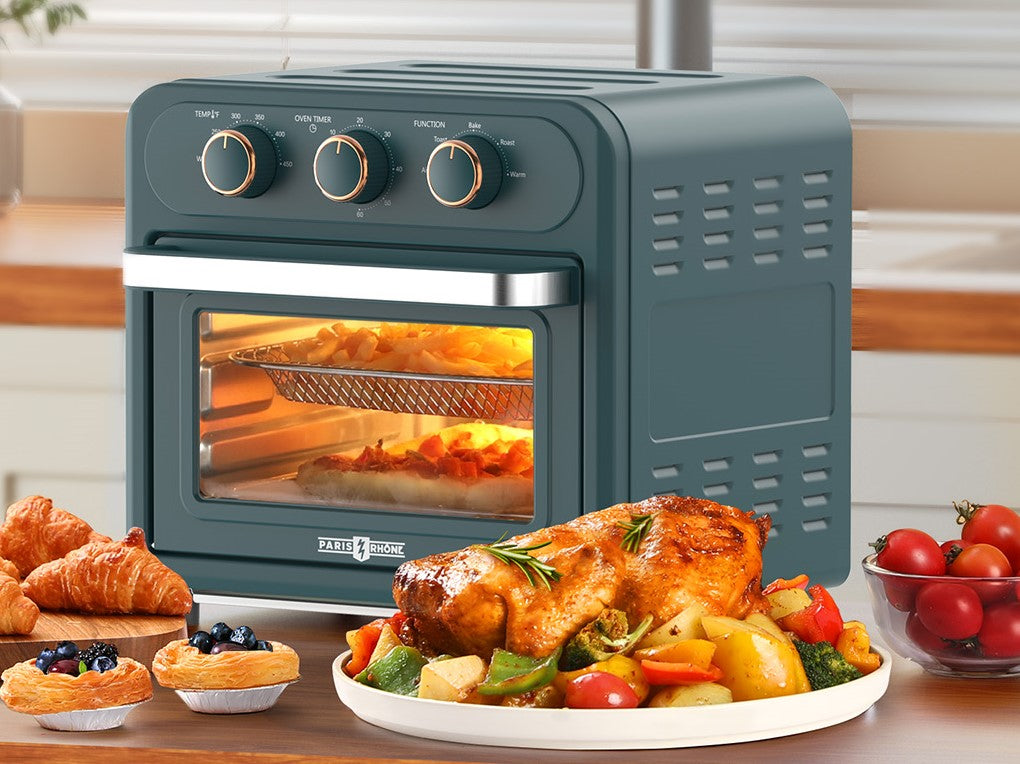Are you planning to enjoy movies under the stars in your backyard or host outdoor movie nights with friends and family? To create a captivating outdoor cinema experience, you'll need the right equipment, and a crucial component is an outdoor projector. In this article, we will explore the key factors to consider when choosing an outdoor projector and provide recommendations to help you make an informed decision.
Brighter ANSI Lumens Are Key
Brighter ANSI lumens are key when choosing a projector for outdoor movie viewing. Outdoor projectors need at least 2500 to 3500 ANSI lumens of brightness for a comfortable viewing experience in all but the darkest conditions. Higher lumen projectors of 4000+ ANSI lumens perform best in dealing with direct sunlight or other very bright outdoor environments.
The lumen rating indicates how much light the projector produces, measured in units of lumens. The more ANSI lumens, the brighter and more visible the projected image will be, even in daylight. Outdoor projectors with higher ANSI lumens can compensate for the additional ambient light present outside.
For a small backyard or evenings with limited sunlight, 2500 to 3000 ANSI lumens may suffice. But for daytime viewing, larger open areas, or bright environments, opt for a projector with 3500 ANSI lumens or more. The brightest outdoor projectors available reach ANSI lumen levels of 5000, 7000 or even 10,000, suitable for extremely bright conditions.
In summary, when choosing a projector for outdoor movie night use, aim for at least 2500 ANSI lumens and preferably 3000 ANSI lumens or higher. More ANSI lumens enable brighter, sharper images that can offset the effects of direct sunlight and other ambient light sources. The brighter the projector, the more versatility you'll have in terms of when and where you can use it outdoors. So don't skimp on ANSI lumens - aim for the brightest outdoor projector that fits your budget.
Chip DLP Is Best
3-chip DLP projectors are generally the best option for showing movies outside due to their superior brightness, contrast ratio and color accuracy. DLP stands for "digital light processing" and refers to a projection technology that uses an array of tiny mirrors to reflect light and produce the image.
3-chip DLP projectors use three separate Digital Micro-mirror Devices (DMD chips), one each for the red, green and blue primary colors. By combining these three color beams, a full-color image is produced. The result is vibrant colors, sharp details and high contrast. The 3-chip design also means less color degradation over time from UV exposure compared to single-chip DLP or LCD projectors.
In addition, 3-chip DLP projectors tend to be the brightest options, a crucial factor for outdoor use. High lumen versions easily reach 5000 lumens or more, producing images bright enough to compensate for direct sunlight. Their increased native contrast ratios enable deeper blacks, aiding visibility.
All of these features - superior brightness, color accuracy, contrast and durability - make 3-chip DLP an ideal choice for showing movies outside where image quality matters. While their price point is higher, for many users the investment is worth it for the best outdoor projected image.
In summary, when brightness, clarity and color integrity are priorities, 3-chip DLP offers an unmatched combination of features purpose-built for the outdoor environment. They tend to produce the most visible and life-like images, ideal for enjoying your favorite movies under the stars.
LCD Is an Option
3-chip DLP projectors are generally best for showing movies outside due to their superior brightness, color accuracy, and contrast ratio.
DLP projectors use 3 separate chips to produce the red, green and blue colors that make up the projected image. This 3-chip design provides the brightest and most accurate colors, especially important for outdoor viewing. DLP projectors also tend to have higher native contrast ratios, producing deeper blacks and more vibrant images.
These advantages make 3-chip DLP projectors ideal for fighting the challenges of projecting outdoors. Their increased brightness easily overpowers ambient light, while the accurate, saturated colors maintain their integrity even in daylight. 3-chip DLP projectors also exhibit less color degradation over time due to their optical engine being less susceptible to the effects of UV light and humidity.
However, 3-chip DLP projectors for outdoor use do tend to cost more than LCD options. They have more intricate components and require specialized chip technology.
In summary, if brightness, color accuracy and contrast are important factors for enjoying your outdoor movies and you have a larger budget, then a high-quality 3-chip DLP projector will likely provide the best viewing experience. Just be sure to factor in enough lumens to compensate for outdoor conditions, aiming for at least 3000 initially.
Focus On Durability
When choosing an outdoor projector, considering the size and weight is important for easy portability and setup.
Lighter and more compact outdoor projectors will be easier to carry to and from your location. The ability to easily transport the projector is key for the flexibility to host outdoor movie nights in different areas.
Smaller projectors also make setup and takedown easier and faster. The less bulky the projector, the more manageable it will be to unpack, position and connect all the necessary cables before your event begins. Then you can quickly collect it afterward with minimal hassle.
Some features to look for include built-in handles for improved grip, compact chassis designs to minimize the footprint and reduced weight through the use of lighter-weight materials. All of these elements can make the projector feel less cumbersome and more user-friendly.
Factor in Size and Weight
In conclusion, there are several important factors to consider when choosing a projector for outdoor movie viewing. The most critical aspect is brightness. For comfortable outdoor viewing, aim for at least 3000 lumens, and higher for brighter conditions. 3-chip DLP projectors generally offer the best image quality through superior color accuracy, contrast and less color degradation over time, though they cost more.
LCD projectors can also work outdoors at a lower price point. However a projector, durability through features like weather-resistance, dust protection and heat tolerance will be key to ensuring long-term performance. Finally, considering the size, weight and portability of the projector can help enable easier transport and setup/takedown between uses.
By focusing on the right combination of brightness, image quality, durability and practical features for your needs and budget, you'll be able to find the ideal projector to transform any outdoor space into an impressive movie theater under the stars.




